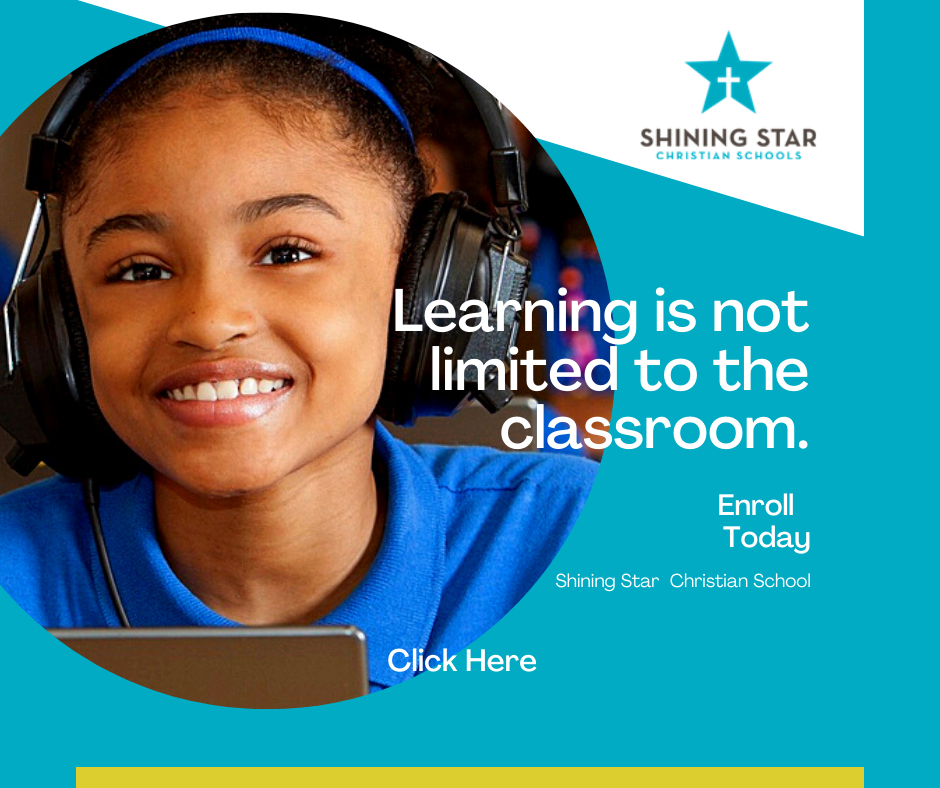
Most 501c3 nonprofit boards think YouTube is for influencers and cat videos.
Meanwhile, these five nonprofits organizations are generating $8,000-$50,000 monthly.
Phone cameras. Authentic storytelling. Public monetization.
While their competitors write smaller grant proposals.
When I took Wisconsin Voices public on YouTube in 2015, nonprofit executives asked: "Why would we compete with Netflix?"
Wrong question.
Right question: "Why are we paying film crews to create content only 12 funders see?"
That question led to U.S. State Department recognition.
The pattern? Distribution beats production quality every time.
These five nonprofits figured that out before their boards did.

The Traditional Model They Abandoned:
The YouTube Transformation:
12-Month Results:
The Pattern Recognition Moment:
They realized funders weren't their audience. The public was.
Funders wanted quarterly reports nobody read.
The public wanted to see baby sea turtles hatching and coral reef investigations.
One generates grant dependency. The other generates sustainable revenue.
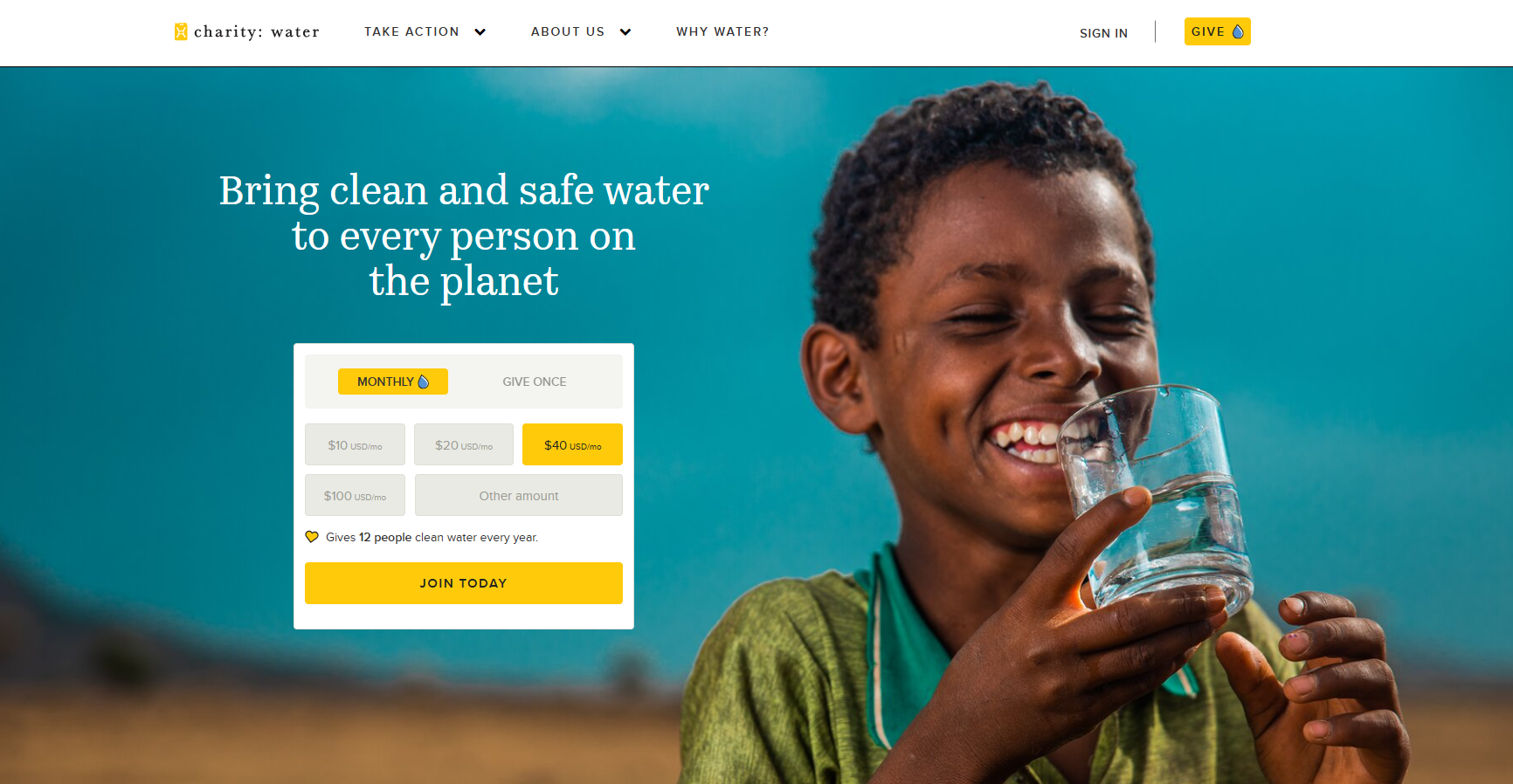
The Inherited Strategy They Broke:
Most international development nonprofits hide overhead costs and sanitize poverty for donor comfort.
Charity: Water did the opposite.
The YouTube Model:
Results That Changed The Sector:
Why This Worked:
They understood something most 501c3 nonprofit boards miss: People don't donate to organizations. They donate to stories.
YouTube gave them unlimited distribution for those stories.
Grant applications gave them 12 funder relationships.
Do the math.
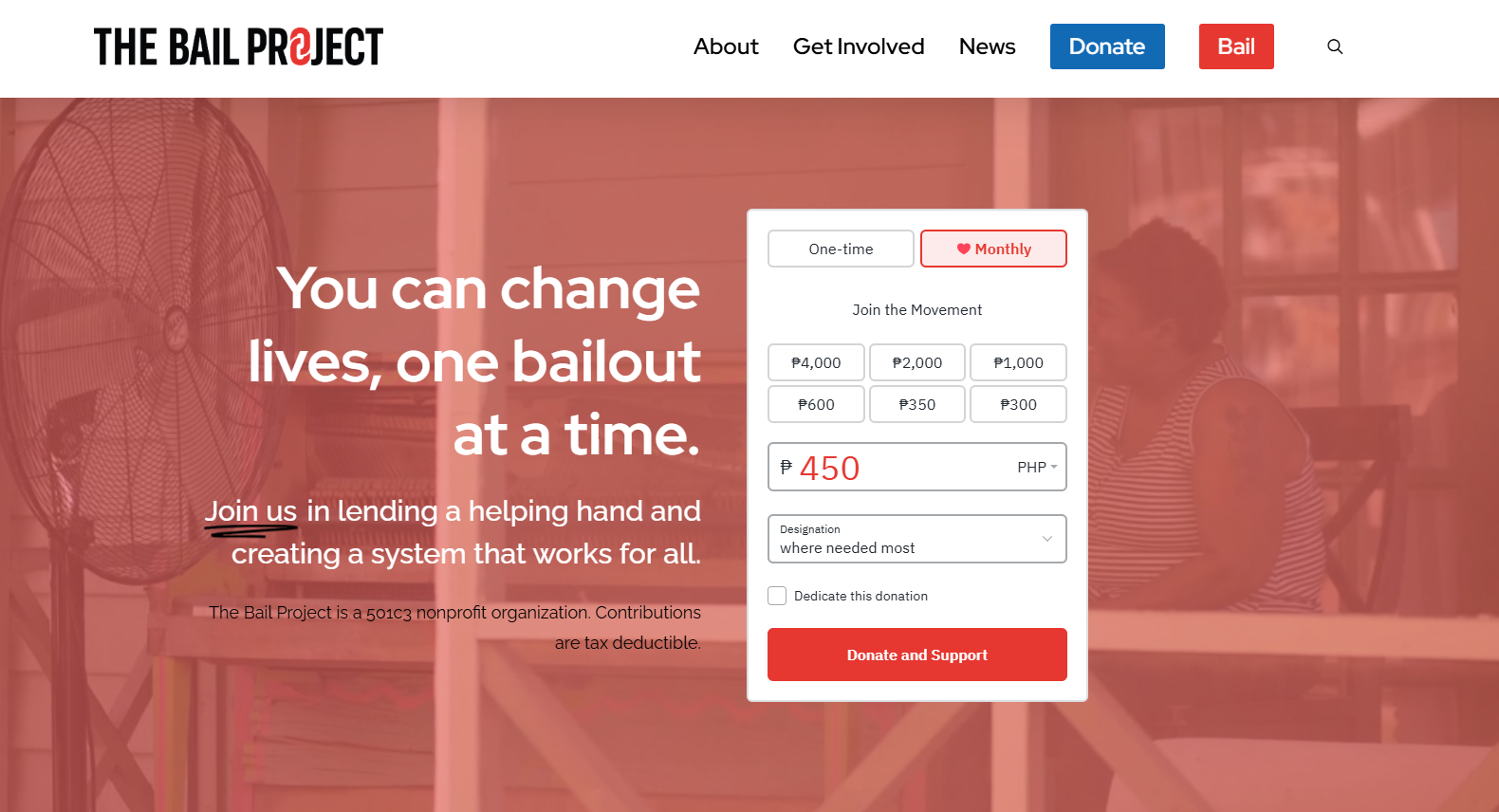
The Crisis That Became Opportunity:
Government funding for criminal justice reform dried up in 2018.
Most nonprofits organizations in the space cut programs and laid off staff.
The Bail Project went all-in on YouTube.
Content Strategy:
18-Month Transformation:
The Strategic Insight:
They stopped treating content as a marketing expense.
Started treating it as infrastructure investment.
Every video = permanent asset generating views, revenue, and policy influence.
Grant reports = temporary documents satisfying one funder.
One compounds. The other expires.
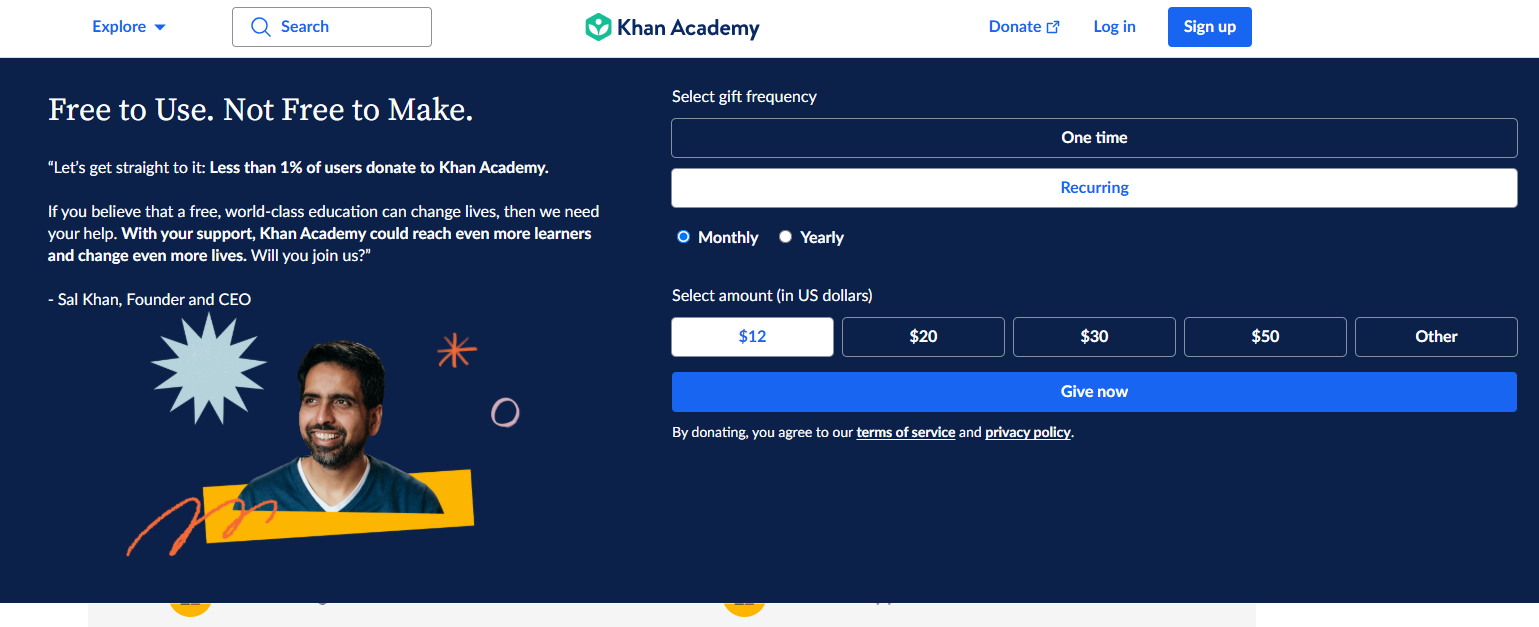
The $100M Lesson In Distribution:
Sal Khan started recording tutoring videos for his cousin.
Put them on YouTube for free.
Today: $100M+ annual budget. ZERO government grants required.
The Model:
Why Traditional Education Nonprofits Miss This:
They ask: "How do we monetize education content without charging students?"
Khan asked: "What if YouTube pays us to give education away free?"
AdSense revenue + mission alignment + public support = sustainable model.
Most education nonprofits grants-dependent organizations are still writing proposals to the Department of Education.
Khan Academy is negotiating with Google about AI integration.
Pattern recognition vs. inherited strategy.
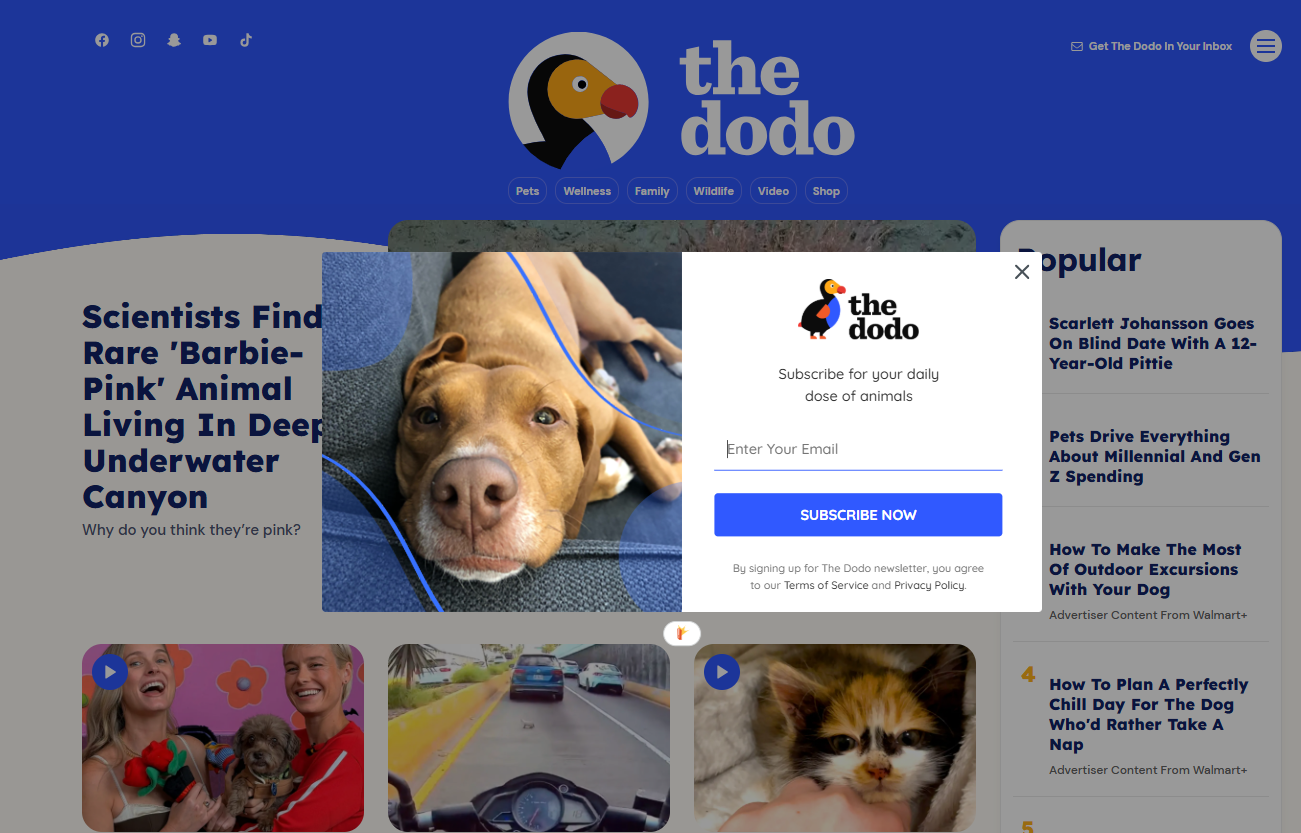
The Media Company Disguised As A Nonprofit:
Started as viral animal rescue videos on Facebook.
Pivoted to YouTube.
Built audience of 10M+ subscribers.
Now generates $50K+ monthly while funding animal welfare programs competitors can't afford.
The Content Formula:
Results That Broke The Sector:
What They Saw That Others Didn't:
Traditional animal welfare nonprofits organizations spent millions on Sarah McLachlan sad commercials.
The Dodo spent $0 on media buying.
Built owned distribution instead.
Sad commercials guilt people into one-time donations.
Happy rescue stories build recurring subscriber communities.
One is extraction. The other is relationship.
What they stopped doing:
What they started doing:
The shift: From grant dependency to public support.
Not as a backup plan. As the primary model.
I've shown this data to dozens of 501c3 nonprofit boards.
Here's what they say:
"But we're not a media company."
Neither were they. They're nonprofits who understood distribution.
"Our cause is too serious for YouTube."
Criminal justice reform and international poverty aren't serious enough?
"We don't have video production capabilities."
The Oceanic Preservation Society started with GoPros. Charity: Water used iPhones.
The real objection they won't say out loud:
"This threatens our current belief system about legitimate fundraising."
That unconscious resistance is fate disguised as prudence.
Month 1-3: Content Audit
Month 4-6: Channel Launch
Month 7-9: Monetization Activation
Month 10-12: Scaling
Year 2: Sustainable Revenue
You're sitting on content you already paid to produce.
Grant reports. Impact stories. Program documentation. Expert interviews.
You have two choices:
Option 1: Keep that content locked in Google Drive, shared with 12 funders, generating $0 public value.
Option 2: Repurpose it for YouTube, build an audience, monetize the mission, and join these five organizations in financial sustainability.
Most nonprofits grants-dependent boards will choose Option 1.
Because it's familiar. Because "that's how we've always done it."
The ones who choose Option 2 will own their space for the next decade.
I survived 25+ years in Fortune 500 tech watching paradigm shifts unfold.
UNIX → Cloud → AI. IH → Navistar collapse. Multiple extinction events.
Here's what I learned: The organizations that see distribution channel shifts first dominate for decades.
These five 501c3 nonprofit organizations saw it early.
Your competitors are still writing grant proposals.
That's your window. It's closing.
Want the complete transformation roadmap? Read my full guide: U.S. Government Hands Non-Profit Organizations A Blank Check
Need help seeing the pattern your board is missing? That's what Fractional CMO/CTO advisors exist for. Strategic intelligence. Pattern recognition. Execution roadmap.
Stop Reading. Start Seeing.
Keywords: 501c3 nonprofit, nonprofits organizations, nonprofit YouTube strategy, nonprofit case studies, YouTube monetization nonprofits, nonprofit revenue models, nonprofit success stories
Last Updated: October 26, 2025